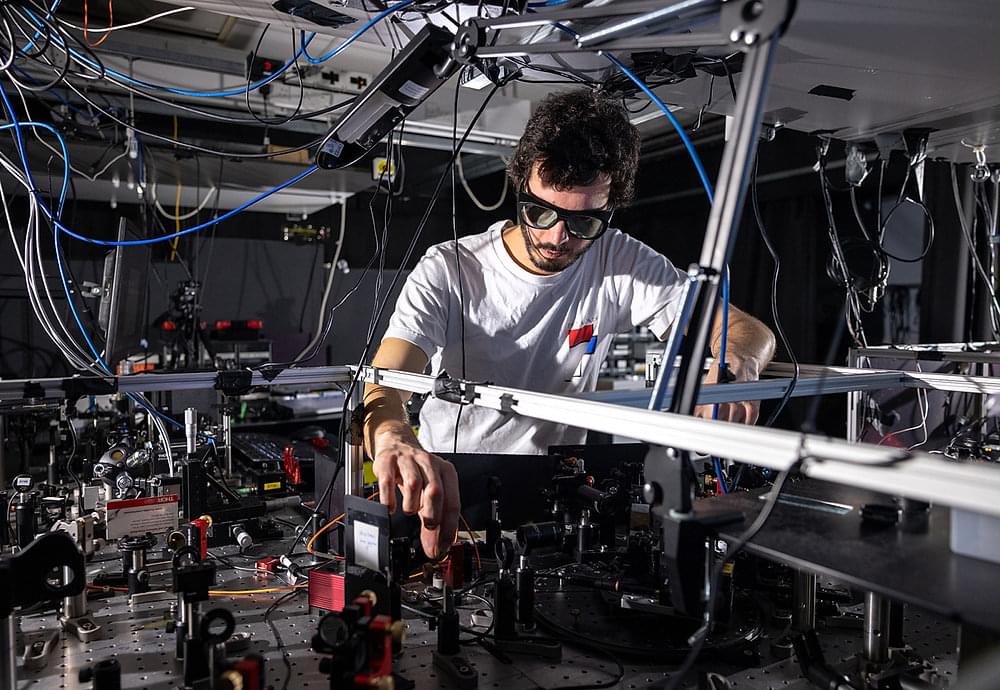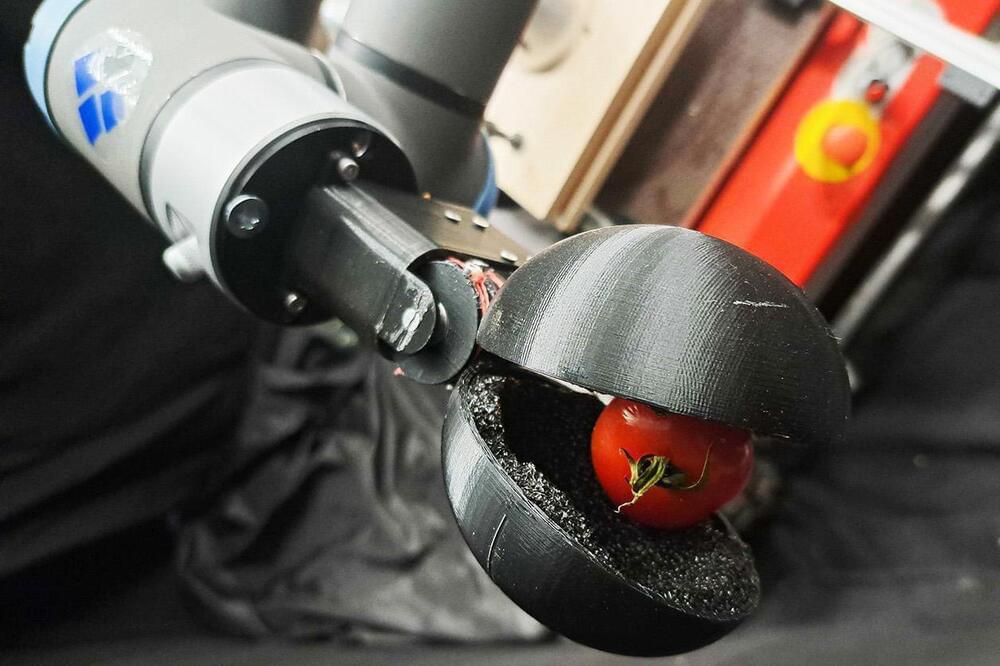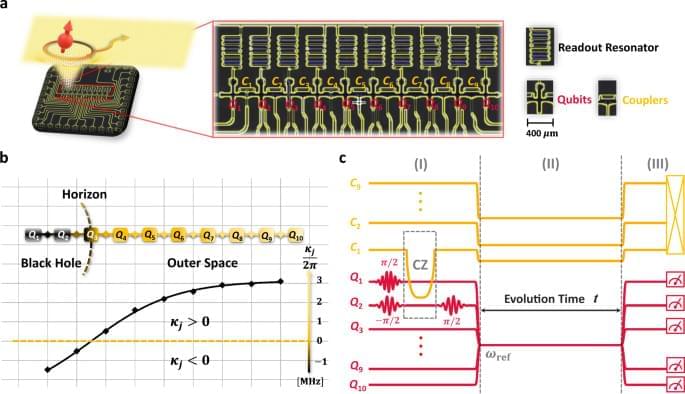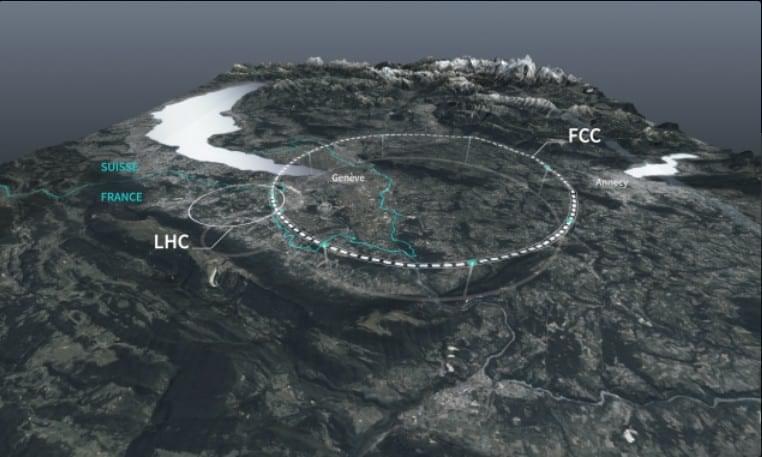Jun 8, 2023
The Y Chromosome Is Vanishing. A New Sex Gene Could Be The Future of Men
Posted by Dan Breeden in categories: existential risks, sex
The sex of human and other mammal babies is decided by a male-determining gene on the Y chromosome. But the human Y chromosome is degenerating and may disappear in a few million years, leading to our extinction unless we evolve a new sex gene.
The good news is two branches of rodents have already lost their Y chromosome and have lived to tell the tale.
A recent paper in Proceedings of the National Academy of Science shows how the spiny rat has evolved a new male-determining gene.

















